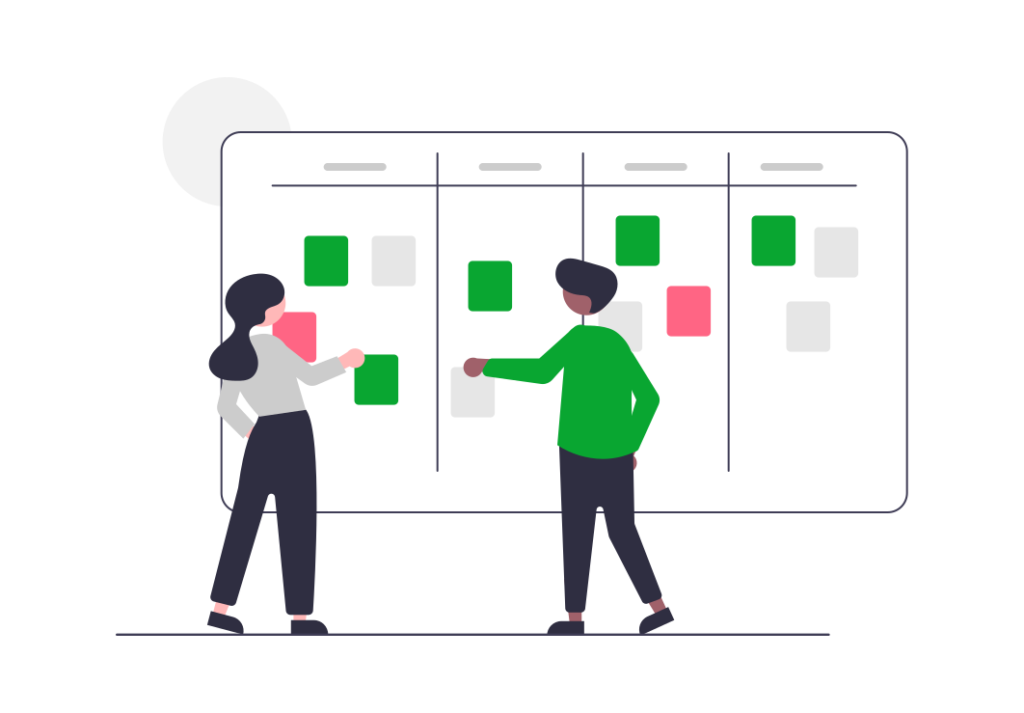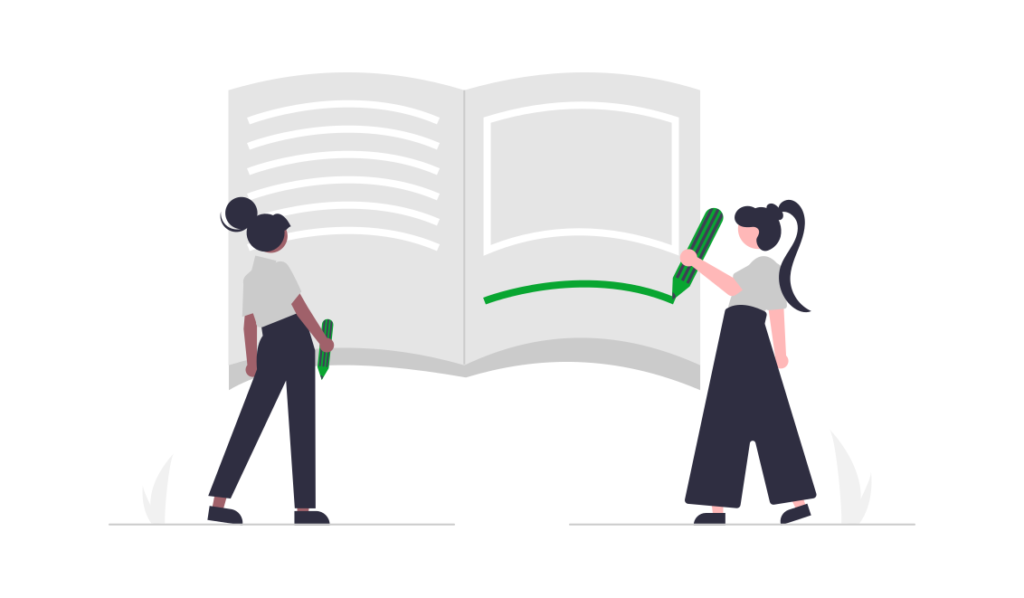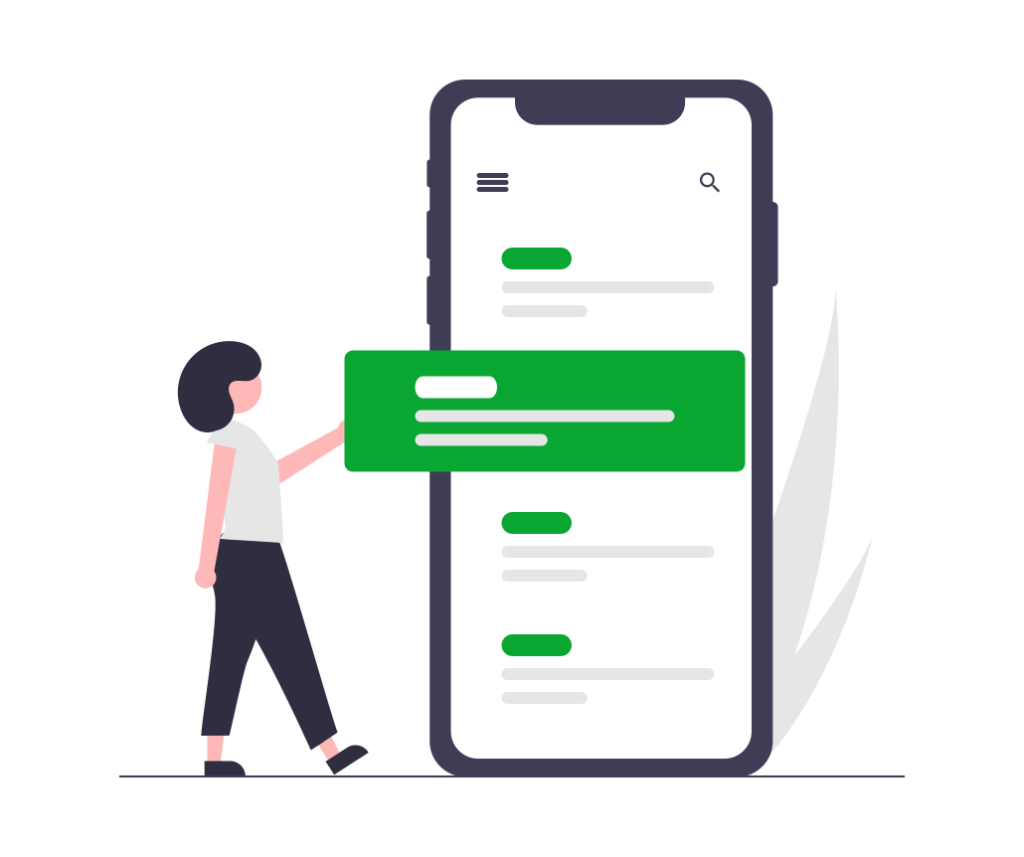An effective planning strategy is fundamental to good organisation and time management. You might think that planning is only useful to the uber-professional with lots of meetings and a heavy workload, but that is absolutely not the case!
Planning can be helpful to anyone and everyone because it is so adaptable. Students can utilise planning to stay on top of exams, tutorials, and essay deadlines. You can use planning in your every day to keep on track with completing small tasks and motivating yourself. You can even use planning to keep on track with recreation, such as meals, exercise and reading.
In the digital age, we are afforded many new and varied technologies for productivity and time management at our fingertips. So, we are provided with a new question. Which is better? Physical or digital planning?
Any organisational purists out there will laud the benefits of physical planning. There is a great deal of support for the benefits that come from physical writing things out. They also argue the cause of the customisability of physical planning, something that some digital planning platforms lack.
On the other hand, new age planning enthusiasts may love the accessibility digital planning affords. It gives support to the modern ‘always on’ work ethic and provides an ease and universality of use that comes with the online space.

Whether you fall into the purist or new age camp, it is undeniable that there are benefits and drawbacks to both options. This article will delineate each type of planning with their pros and cons, and let you come to your own decision. Maybe you’ll even decide you want to utilise both styles!
Why is Planning So Important Anyway?
Planning has a range of benefits one may not originally consider. Planning can help you concentrate and focus better on the task at hand. It helps you get all of your thoughts and tasks for the day down and out of your head. This means that they’re less likely to be forgotten, and you can complete the things you need to do without worry.
It also helps with targeted efficiency. If, for example, you’re someone who thrives on being organised, you can pair a timetable with a task list to keep on track. This can help you be more productive because you know exactly what you need to do at any given time.
Planning can also be important for those who struggle with mental illness. Talkspace, an online blog that discusses mental health explains that many mental health challenges directly affect your brain’s ability to effectively manage tasks. Planning effectively and on a platform that works for you can help mitigate some of the symptoms people may struggle with.
For example, if you have anxiety, and university essays and deadlines are exacerbating that anxiety, planning may help manage it. Writing task lists can help to identify what is making you anxious, then can help you break things down into manageable chunks. When the task you’re facing doesn’t seem like one huge monolith, it can feel easier to tackle and work through. Some planners also can work like information dumps. You can use them to deposit any tasks or thoughts you may have to tackle at a later date. Depending on the person and their preference, this action can sometimes be helpful for people with ADHD. This is because it helps to get out any thoughts or tasks that may be presently distracting. You can then potentially come back to these ideas later, to give yourself a better opportunity to focus on anything that might be more time sensitive.
If you’re using planning to help manage your mental health, create achievable goals for yourself. Start with listing little things. This can be things like brushing your teeth or going on a 15-minute walk. It can be so beneficial to set yourself up for little successes. Then, even if those are the only things you manage to do all day, ticking it off still feels like an achievement.

However, it is important to be realistic with your plans. By writing tasks that you can feasibly complete, it stops you from getting overwhelmed too quickly. It also stops you from being hard on yourself if you don’t meet those tasks – you want a planner to work for you, not against you.
It is important to note that planning is not an end-all method to ‘fix’ a mental illness or improve your mental health. However, it can sometimes serve to help mitigate some issues in certain ways for people. It may also be helpful to speak with a licensed therapist, who can help identify strategies for succeeding. Planning or timetabling can be included in this discussion too to help retain a sense of structure or routine.
The Pros and Cons of Physical Planning
The act of physically planning in a journal can have many benefits. Some of them include:
Digital Separation. Physical planning can provide a level of separation between your real and online life. Our phones and devices feel like an extension of us, so it can be doubly hard to turn off if your organisation is on there too! Studies have shown that too much screen time damages the brain. By planning in a physical planner or journal, you are decreasing that screen time and giving yourself time to shut off.
This also limits your ability to become distracted by all the other applications or the internet on your phone. It’s all too easy to have the best intentions and be focused, but we all know the liability of scrolling on Instagram for two hours instead. Physical planning removes this temptation and keeps you on task.

Personalisation. A big pro of physical planning is that you can make it as customisable and personalised as you want. There are different methods to do this, but a particularly popular one is the Bullet Journal method. With this method you can customise everything from the layouts of each monthly spread to the notation systems you use to keep yourself on track.
You can best suit your own needs with a physical planner. You can customise the colour coding, fonts, highlighting, and even add fun things like pictures, stickers, and washi tape. The customisation can make it more fun to use, and therefore make it more likely for you to get into a rhythm when planning. If you like it, you’re more likely to stick to it!
Visual. A physical planner is a very visual reminder of the things you need to do. Whether you keep it on your desk or your bedside table, it is an in-your-face reminder to be organised. You can use the visual nature to the advantage of collective planning. For example, you can use methods like whiteboards in communal spaces to organise a bigger group, like families or housemates.
Physical Act of Writing. Writing things down is very good for your memory. It can also help improve the chances of you being able to call your tasks to mind easier. Writing is also a great stress reliever, as studies show writing shuts down the thoughts that cause you to be stressed. Ticking off completed tasks can also be great for boosting your mood!
There are also a few drawbacks to physical planning. These include:
Space and Accessibility. Physical planners can often be bulky and take up space. Because you have to always carry the planner with you to have access to it, it can also be an extra hassle. This can be a drawback for some, especially those on the go a lot or with limited space.
Cost. The customisation of your planner can be one of the most fun things about it! But there is a drawback. Stationary can get expensive! Stickers, markers, highlighters, and decorative tape can all add up! Not to mention the cost of ink and paper of printing any pictures you want to add, or even the cost of the planner itself! If cost is an issue, physical planning may not be for you.
The Pros and Cons of Digital Planning

While physical planning is undeniably fantastic, digital planning also has a lot of positive factors. Some of these include:
Accessibility. This is one of the biggest draws to digital planning. There is a level of constancy and ease of access of planning directly on a digital device. For example, if you consistently use an app like Google calendar, and your phone, computer, and tablet are linked up, you can create a plan on one device and it will appear across all of them.
You can stay up to date at all times, and it becomes easier to rearrange and repeat tasks from anywhere. There is less bulk and headache because you don’t need to carry around a full journal – everything you need is already on a device you carry around every day!
Minimalist Planning. Some people don’t need the ‘full’ experience that physical planning provides. They might only need to remember important meetings or appointments – like a future dentist appointment or meeting. Digital planning offers you that minimalism!
If this sounds like you, an app like Google calendar would be enough of a planner. There’s no need for the minutiae of something more in depth! You get the dual benefit of receiving reminders at a set time to keep you on schedule. This ensures you won’t forget your plans no matter where you are!
Easier to Navigate. Digital planning makes it easier to retroactively find specific notes. You don’t have to worry about losing something, as most digital planners also comes with hyperlinks so you don’t have to endlessly scroll through to get to the page you need. Digital planning can be far less time consuming than its physical counterparts through little elements like this.
Collective Planning. The digital aspect of this form of planning means that not only can you access your plans from anywhere, but other people also have the potential to as well. Services such as Notion allow for team planning – anyone can add tasks and people can see what you’re working on, but there are also options to keep your plans private!
There are some cons to digital planning that may turn some people away from it. These can include:

Less Customisable. Digital planning apps or websites can be less customisable. A few apps like Notion are becoming more customisable, but this is usually more in an aesthetic way rather than a functional way. For some apps, the organisation they offer is usually set by the developer and can’t be changed.
Some apps may limit you to list planning; whereas some, like Google Calendar, are just for scheduling (quite rigid scheduling at that!). So, you may not be able to do all your planning in one place. You may need to use more than one app to meet your needs.
Cost. Some planning apps can be a paid for service. Keep this in mind before you take out an account. A good idea would be to look for apps with free trial periods. Therefore, you aren’t putting yourself out of pocket on apps that might not work for you!
Conclusion
The battle between physical and digital planning fundamentally comes down to a matter of personal preference. Remember, there is no right or wrong way to plan! Planning is highly personal, and it can take some trial and error to find the right method for you. You may even want to use a combination of both physical and digital planning to really maximise your productivity!
Whatever you choose, don’t hesitate to contact us here at Ceed for any help with planning your life. We have professional life coaches ready and willing to help you become your best self!